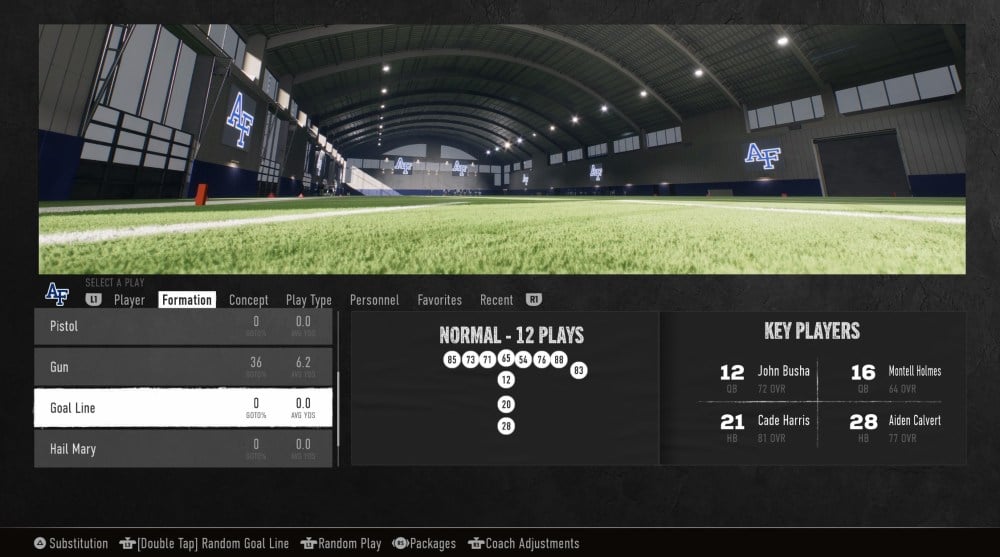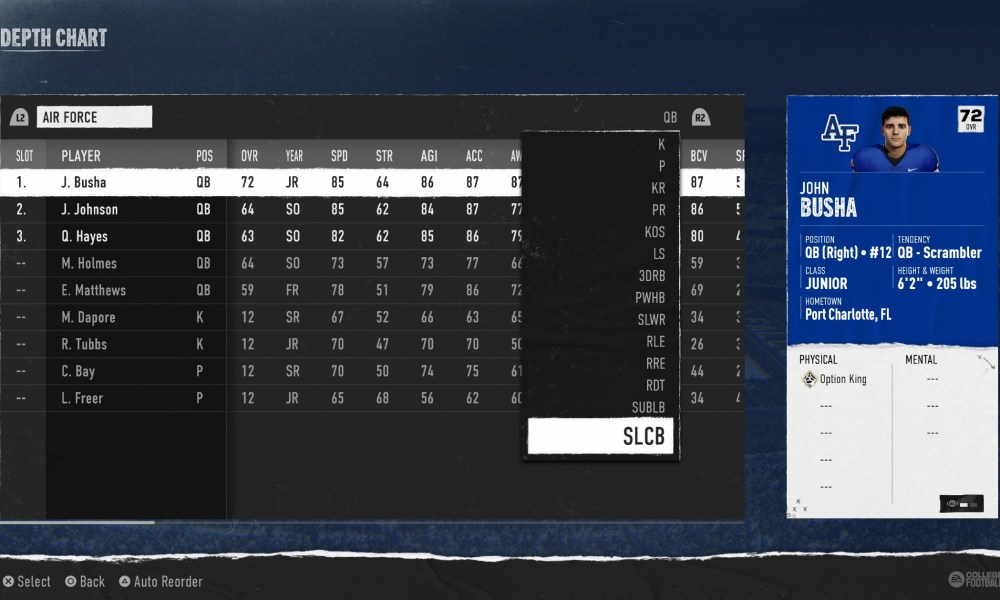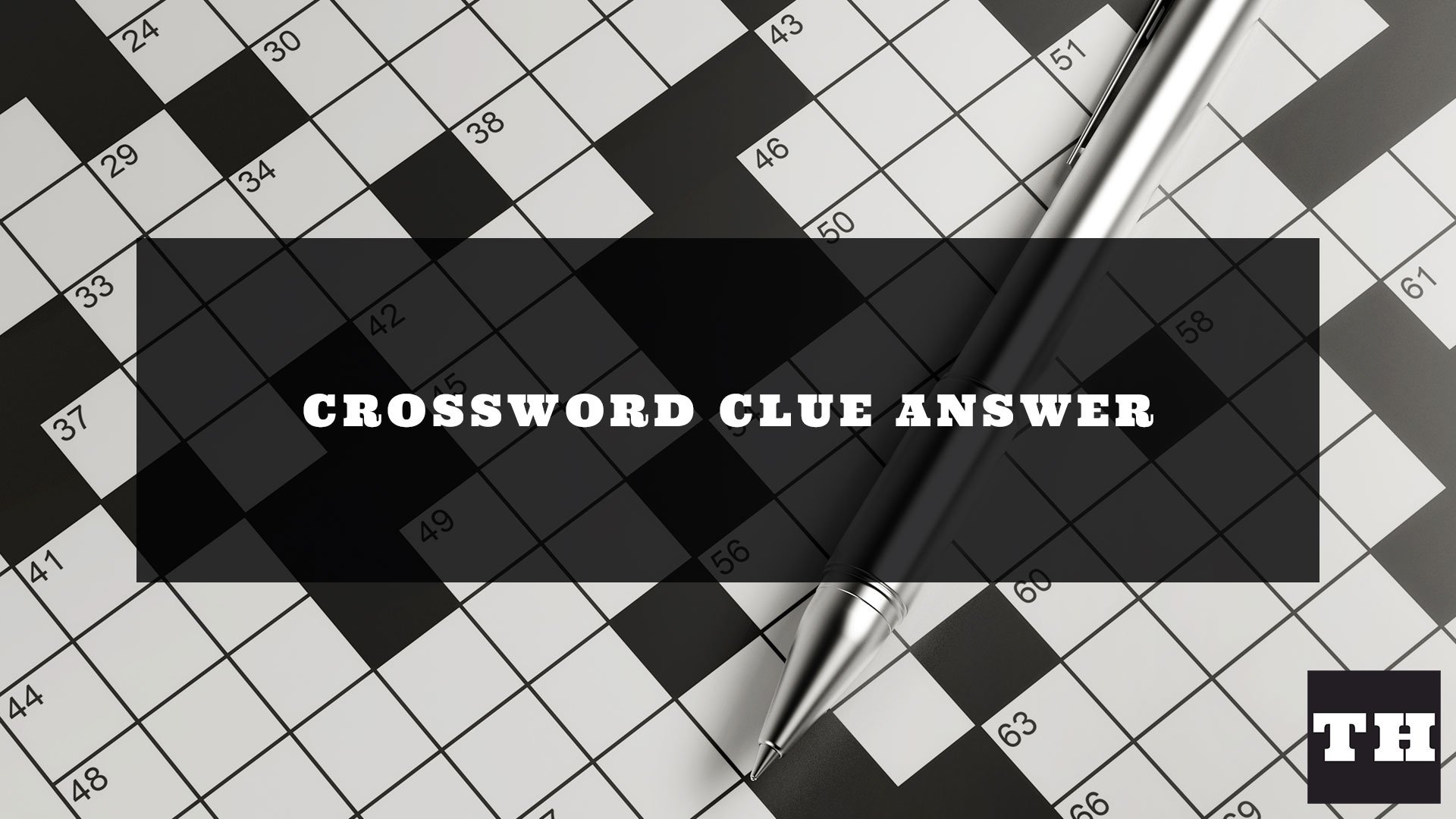For those who have been out of the EA football game for years, some might be wondering what some position names like SUBLB or PWHB mean in EA Sports College Football 25. Well, here’s a quick guide and explainer that should answer most of your questions.
Before we get to the positions, I do want to say that because there are so many more formations in this game compared to Madden, a couple of the rules might be not be perfect for every single formation. Much like with our RPO guide, while these explanations will answer your questions 9 out of 10 times, there still might be a weird case here and there where it doesn’t line up.
3DRB – This stands for 3rd down running back, but it’s actually somewhat misleading because it doesn’t have much to do with that. The 3DRB is not going to be in no matter what on third down, it’s more to tell you why that player would be a good player on a passing down like 3rd and more than a couple yards. While the overall rating for your 3DRB will depend on things like catching, route running, and pass protection, he will be in for more than just third-down plays.
In Madden, it used to be that Shotgun formations where the RB was not offset, which means further from the center than the QB, were the times you would see the 3DRB. In other words, in something like Shotgun – Spread Y Flex the 3DRB would be in the game. Then a couple years ago, they changed it so the If you have a TE in a three-point stance next to the tackle in any formation then you wouldn’t get the 3DRB. However, if the TE was split out like a WR, then you would get the 3DRB.
Neither rule totally fits for EA Sports College Football 25. In fact, I can’t define what the rules are EA is going by right now, so you just need to look at the Shotgun formation you’re in and see which running back is in to figure it out until we get a better explanation (assuming your HB1 is different from your top 3DRB in your depth chart). A Shotgun-oriented team like Georgia is where you can see the current madness with the logic I can’t quite decipher.
The 3DRB will also be in some random formations like Pistol – Spread (Ohio State is one team with this).
What I would do is simply not worry about 3DRB very much and just do a Package sub and do the HB Sub package when you want to get your second-string player into the game in whatever formation.

PWHB – This stands for power halfback and should replace the running back in under-center formations with 22 or 23 personnel (examples include Goal Line or I-Form Wing) with the PWHB. If you’re unaware, 22 personnel would be two running backs and two tight ends, while 23 personnel would mean two running backs and three tight ends. Things like Power I (31 personnel) and Maryland I (32 personnel) will keep the “normal” RB in his spot.
Michigan’s playbook is where you’ll see the PWHB get a little more use due to the formations in that playbook. A team like Air Force you might expect it to pop up more, but it’s actually not a big deal.
SLWR – This stands for slot wide receiver. This one still works as expected on the whole. Whether it’s your top WR or not, if you put him at SLWR, he will go in the slot whenever possible even if he’s first or second (X or Z) in your depth chart. And, just as a reminder, your X receiver will be in the top spot of your normal WR depth chart based on overall, which means he’s generally going to line up on the LOS on the opposite side of your TE. Your Z receiver is the second receiver by overall in your normal WR depth chart, and he is usually off the LOS and outside the TE.
- RLE – This is rush left end. These next four positions have some certain things in common, so I’ll just group them. The general rule is in formations where there are five or more defensive backs on the field, you’ll get the RLE, RRE, RDT, and SUB LB. However, there are exceptions — because of course there are. 3-3-5 is the major confusion point here. It does not swap in the RLE and RRE even though you’d think it would. So it really more applies to Nickel and Dime (and 4-2-5) formations. But even things like Nickel – 3-3 Stack will also not apply the RLE and RRE rules.
- RRE – Rush right end, but see above.
- RDT – Rush defensive tackle, but see above.
- SUBLB – This stands for sub linebacker. This one has some different outcomes, but it still should mean any formation where five or more defensive backs are on the field. It still means in general that 3-3-5 formations won’t swap in your SUBLB players. However, something like Nickel 3-3 Stack does work and pops in the SUBLB players. Something else to note here is you can go multiple players deep and get them out there so you can put three guys as SUBLB and expect them to be on the field depending on the formation. In addition, you can put safeties into the SUBLB spots.
SLCB – It stands for slot cornerback, and it works like SLWR. If your top CB is also your top SLCB, he will go to the slot in 3+ CB sets.
We’ll update this if we figure out any extra exceptions or rules, but since EA doesn’t always follow “normal” football rules, we sometimes have to do a little guesswork.



